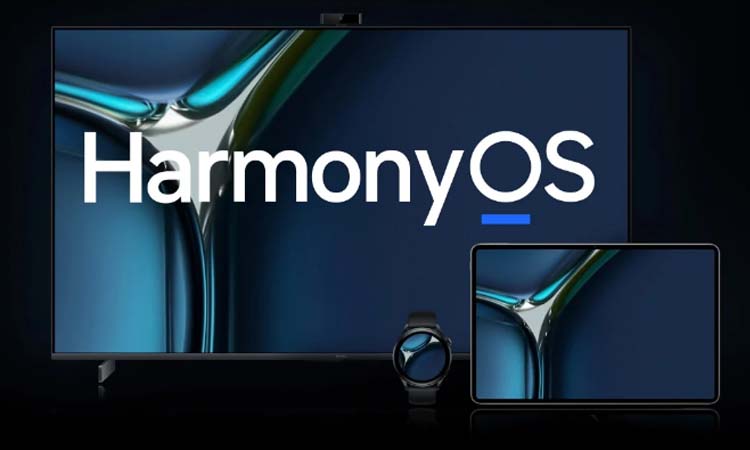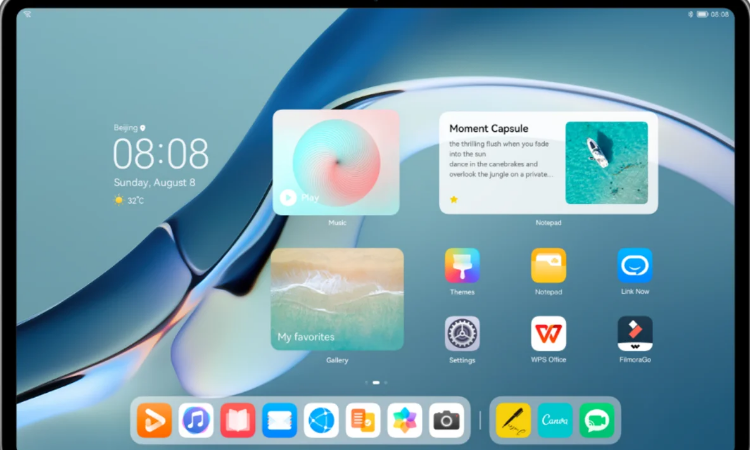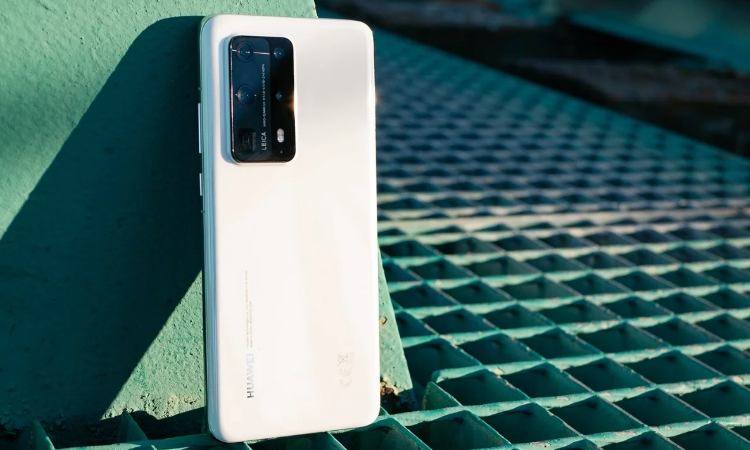The HarmonyOS operating system arose from the veto imposed by the United States on Huawei in mid-2018, a blow to the Chinese firm that, from that moment, was forced to stop working with US companies such as Google and Android and move on to develop alternatives. Own.
We have been hearing about Huawei’s operating system for a long time, which sooner or later will end up giving life to the brand’s mobiles.
However, even today, there are still doubts about HarmonyOS. In this guide, we want to clear up all the issues of this platform, which perhaps in the future will end up replacing EMUI – its Android-based operating system – in Huawei smartphones.

What exactly is HarmonyOS, and what does it consist of?
Harmony, known in China by its original name “Hóngméng OS,” is a multiplatform operating system developed by Huawei.
Its development would have started in 2012, although it was not presented until the Huawei Developer Conference 2019 -HDC 2019-. From the beginning, the company has referred to it as an embedded operating system geared towards industrial applications and Internet of Things devices.
Huawei has repeatedly reiterated that it has no intention of launching phones with HarmonyOS, at least for now. However, that changed as development progressed, and the platform grew to become a much more complete and advanced operating system.

In more technical terms, we know that Harmony OS is a free operating system based on a microkernel – as is the case with Google’s Fuchsia operating system – and compatible with different types of hardware.
“Micro… what? | In an operating system, the kernel is responsible for mediating access to hardware by software, in addition to carrying out some essential tasks. When we speak of a microkernel, we mean a much less complex kernel, capable of decentralizing faults so that an error in one component of the system does not spread to the entire system, and which also facilitates the process of creating and debugging drivers. One of its advantages is the greater portability between different types of devices.”
According to the documentation of the operating system, one of its advantages is communication between processes much faster than other platforms or the allocation of resources in real-time.
In that sense, it has been confirmed that the ARK compiler that integrates the operating system can port APK application packages for Android to HarmonyOS. This implies that Android apps are compatible with HarmonyOS.
However, it is also worth clarifying that, in its current state, HarmonyOS uses the Android code as a basis. Therefore it is not an entirely new operating system as we had been led to believe at first.
Why is Huawei preparing an alternative system to Android?
When Donald Trump vetoed Huawei, he prohibited US companies from working with Huawei, either by acquiring or selling services or resources to the Chinese company.
Since Android is an open operating system, Huawei has continued launching new mobiles based on Google’s operating system. However, its software is based on the base operating system, with no add-ons known as AOSP.
On this basis, Huawei includes its add-ons such as a web browser, its application store, and other alternatives to Google applications.

Although Huawei can continue to use Android, its mobiles cannot integrate Google services as they are not certified by the search engine company. For this reason, we see how mobile phones as good as the Huawei P40 Pro + lose relevance by not having one of the critical pieces of Google’s operating system.
Precisely that would be one of the goals of HarmonyOS: to become an operating system so complete in terms of add-ons and alternative services to those of Google that at some point it is a worthy substitute for Android or iOS.
When will the first mobile with HarmonyOS be released?
Some many speculations and opinions indicate when the first mobile with HarmonyOS could arrive. Some sources suggest that it could come before the end of the year, while others say that all future mobile phones of the brand will be based on this system.
But the reality is that today, the only thing that Huawei has made clear is its idea of continuing to use the Google and Microsoft platforms as long as possible until the situation forces them to make use of a “Plan B.” And that Plan B is none other than HarmonyOS.
Currently, Huawei has already launched devices HarmonyOS 2, the Huawei Watch3, Huawei MatePad Pro, and Huawei Vision S.
What advantages and disadvantages could HarmonyOS have compared to Android?
When we talk about Harmony OS, we are talking about an operating system that, like Android, is prepared to give life to many devices: watches, speakers, smartphones, or televisions, to PCs or even cars.
But Huawei’s platform plays with some other advantages. Being based on a microkernel, Huawei can send frequent updates to the kernel to improve the platform’s performance. In addition, since – in theory – the HarmonyOS apps would not have direct access to the microkernel, the system’s security should be more significant.
Of course, the benefits in terms of performance and security of the platform would not be of much use if there is not a strong community of users and developers who decide to migrate to HarmonyOS. And it is precisely to fight against the hegemony of iOS and Android Huawei’s greatest challenge in the future phase of expansion of its operating system.
In any case, what is clear is that Huawei is betting heavily on the development of its ecosystem of services, which at some point will revolve around HarmonyOS. In that sense, the founder of Huawei, Ren Zhengfei, jokingly said that ” Huawei’s operating system could take a long time to surpass Android and iOS, but that time will not exceed 300 years.“
Can HarmonyOS be downloaded and tested now?
HarmonyOS currently cannot be downloaded or tested on the brand’s devices. Huawei has also not shared the source code of the operating system, although it has promised to release it sooner or later.

Sharlene Meriel is an avid gamer with a knack for technology. He has been writing about the latest technologies for the past 5 years. His contribution in technology journalism has been noteworthy. He is also a day trader with interest in the Forex market.











